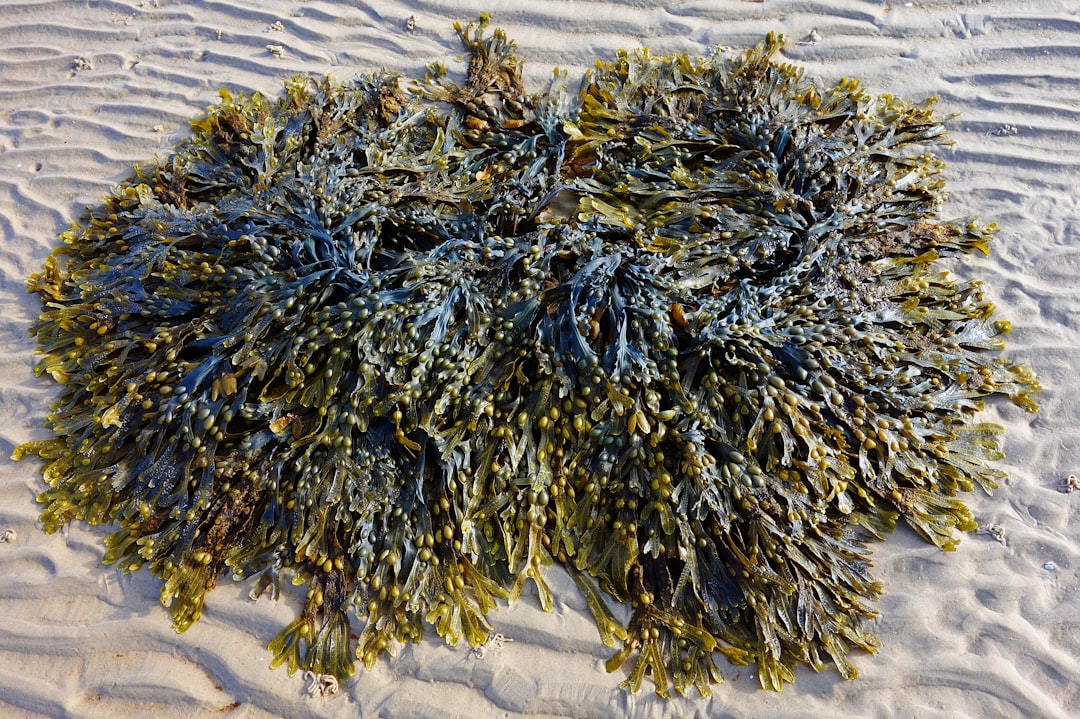What is it about?
Isolation of naturally occurring bacterial strains from metal-rich environments has gained popularity due to the growing need for bioremediation technologies. In this study, we found that the vanadium concentration in the intestine of the vanadium-rich ascidian Ascidia sydneiensis samea could reach 0.67 mM, and thus, we isolated vanadium-resistant bacteria from the intestinal contents and determined the ability of each bacterial strain to accumulate vanadium and other heavy metals. Nine strains of vanadium-resistant bacteria were successfully isolated, of which two strains, V-RA-4 and S-RA-6, accumulated vanadium at a higher rate than did the other strains. The maximum vanadium absorption by these bacteria was achieved at pH 3, and intracellular accumulation was the predominant mechanism. Each strain strongly accumulated copper and cobalt ions, but accumulation of nickel and molybdate ions was relatively low. These bacterial strains can be applied to protocols for bioremediation of vanadium and heavy metal toxicity.
Featured Image
Read the Original
This page is a summary of: Bioaccumulation of Vanadium by Vanadium-Resistant Bacteria Isolated from the Intestine of Ascidia sydneiensis samea, Marine Biotechnology, May 2016, Springer Science + Business Media,
DOI: 10.1007/s10126-016-9697-5.
You can read the full text:
Contributors
The following have contributed to this page










